Navigating Google’s New Consent Requirements
Thomas de Ruiter
Director Solution Design
25 January 2024
5 minute reading time
Recent weeks have seen a flurry of updates on changes required for your Google advertising, ahead of new legislative measures this March. Navigating these changes can be daunting, and knowing what to do when is no small feat. Spoiler alert: Consent Mode on your website might not cover all your bases.
This article provides a high-level overview of these consent requirements, helping you pinpoint exactly what needs your attention—and what doesn’t—in your backlog.
A Brief Recap of the Why
The Digital Markets Act (DMA) is the game-changer behind Google’s new requirements, among other tech giants. While we won’t dive too deep here (check out my colleague Janus’ November update for more), it’s essential to grasp one of its more significant side-effects: big tech is now mandated to handle user consent with even greater transparency.
This means Google is passing the baton to its users, particularly advertisers. You’re now tasked with explicitly conveying your users’ consent when their data intersects with Google’s platforms. Put simply, Google’s asking you to be the clear voice of your users’ privacy choices so they can manage privacy more properly in step with this fresh legislation.
Requirements are mandatory for continued advertising
With Google’s new rules effective March 6th, the implications of non-compliance are stark. Ignoring these changes will likely limit or halt your advertising capabilities. Therefore, treating these updates as mandatory is essential for uninterrupted advertising.
Failure to comply can lead to:
- Inaccessibility of marketing insights in analytics reports.
- Stagnation in audience profile updates.
- Potential halting of active campaigns.
Moreover, Google will continue to regularly review advertisers’ websites and apps against their consent policies, as outlined in their public checklist. Initial non-compliance may result in warnings, but persistent issues could deactivate your campaigns. Ensuring technical and legal adherence to these consent requirements is crucial.
Clear Distinction: Advertising vs Reporting Requirements
It is important to stress that Google currently distinguishes between using its platforms for advertising and measurement. The new requirements specifically apply to marketing features. This means you need to focus on compliance primarily for:
- Importing Google Analytics 4 Goal events.
- Creating and sharing audiences between Google Analytics 4 and Google Ads.
- Implementing Google Ads conversion and remarketing pixels, both on the web and in-app.
- Using Google DoubleClick/Floodlight (Ads/DV360) pixels on the web or in-app.
- Sharing audiences with Google Ads through Customer Match API.
- Enriching conversions in Google Ads via Enhanced Conversions.
If you’re using Google Analytics and BigQuery solely for reporting and analytics, without ad platform integrations, immediate compliance isn’t necessary. However, with Google’s ongoing consent policy enforcement, expect similar mandates for measurement purposes soon. While it’s not a sprint to meet the March 6 deadline for these purposes, wise businesses will start preparing now. This proactive approach ensures you stay ahead of the curve, balancing immediate advertising needs with future-proofing your reporting practices.
Adapting to Google’s Consent Requirements: A Guide for Diverse Data Sharing Methods
Google’s new consent rules necessitate clear communication of user consent across all data sharing methods with its advertising platforms, with each entailing specific changes:
The Role of Consent Mode V2 for On-site and In-app Tracking
To harmonize the way advertisers relay website and app user consent to Google, the upgraded Consent Mode V2 is pivotal. Remember, this includes your apps too. This enhanced tool translates your custom consent levels into Google’s standardized format, ensuring seamless integration with their platforms. Implementing Consent Mode V2 correctly is now a crucial step to comply with Google’s consent requirements for online channels. This should be a top priority on your to-do list. For an in-depth understanding, refer to Simo Ahava’s comprehensive guide.
Updated APIs for Customer Match & Enhanced Conversions
For businesses using APIs like Customer Match and Enhanced Conversions to share target audiences or enrich conversion tracking, Google has integrated explicit consent functions. These updates ensure legal compliance in data shared via APIs. Check out Google’s Development documentation for more insights.
It’s worth noting that marketing platforms, including CDPs and DMPs, often use the Customer Match API. While platform vendors typically manage these updates, it’s wise to confirm with them to ensure the needed integration.
Server-side Tag Management May Need Attention
Server-side tag management adaptations vary based on your chosen tool. A correctly implemented Consent Mode V2 suffices if you’re using Google’s server-side tag manager (sGTM) and Google Analytics 4.
However, if you’re utilizing other server-side tag management solutions, like Tealium’s EventStream, expect different integration requirements. It’s advisable to liaise with your vendor for specific implementation details and preparations needed on your end.
Key Steps for Google Advertising Compliance
To ensure seamless Google advertising operations by the March 6th deadline, focus on the following actions:
- Implement Consent Mode on your website(s) and app(s) for sharing user data with Google’s advertising features. Pay special attention to the complexities introduced by server-side tagging.
- Update your Customer Match and Enhanced Conversion API connections to include the new consent features.
- Communicate with the vendors of your audience management platforms, such as CDPs, to understand their updates and any changes required on your end.
- Review your on-site and in-app consent setups to ensure they align with Google’s user consent policy requirements.
Additionally, consider deploying Consent Mode on your website(s) and app(s) for Google platform use in reporting and analytics, even though this may not be urgent for the March 6 deadline.
Could Use a Check? We’re Here to Help!
Are you gearing up to continue leveraging Google’s advertising features? Ensuring your setup aligns with the latest changes is crucial. Our specialized consultants are ready to assist for guidance through this newfound maze, so feel free to reach out for a professional review if you don’t want to leave anything to chance.




